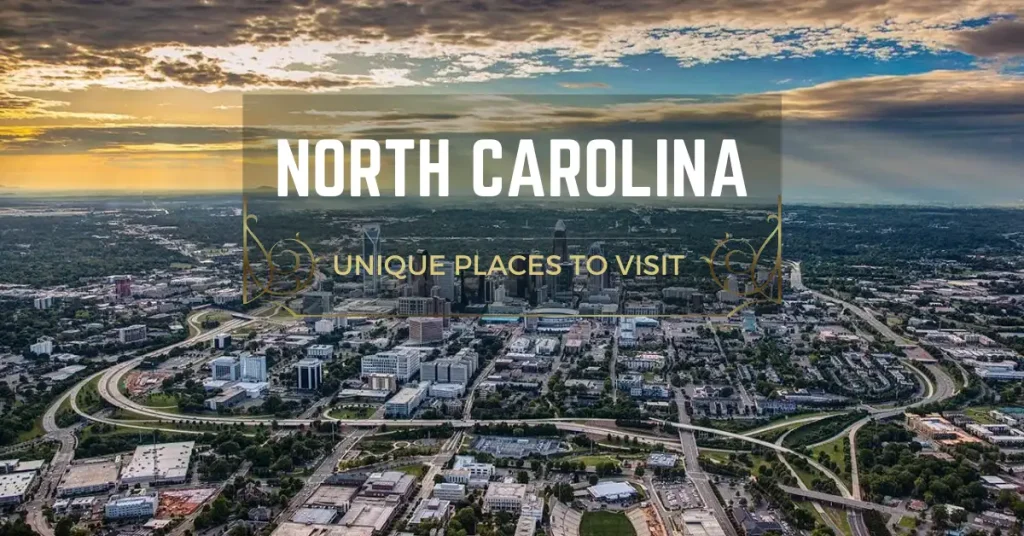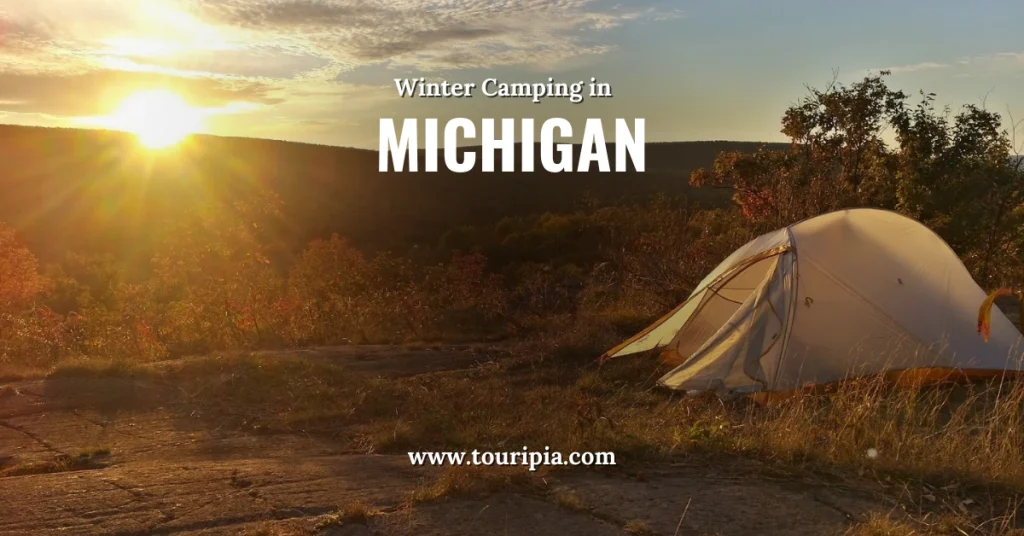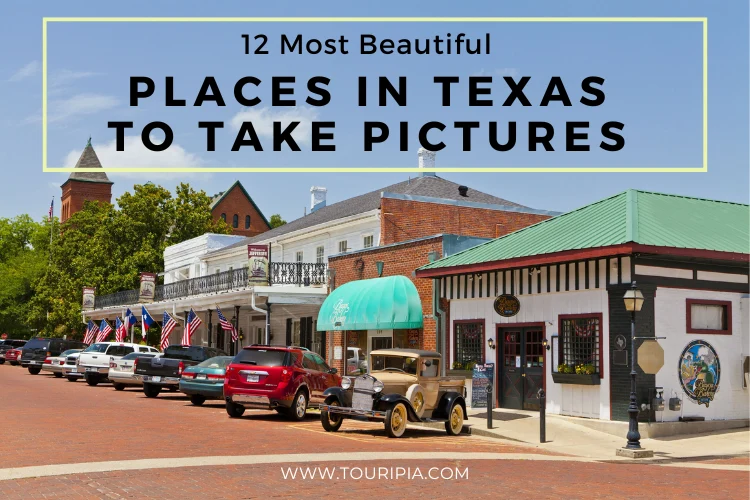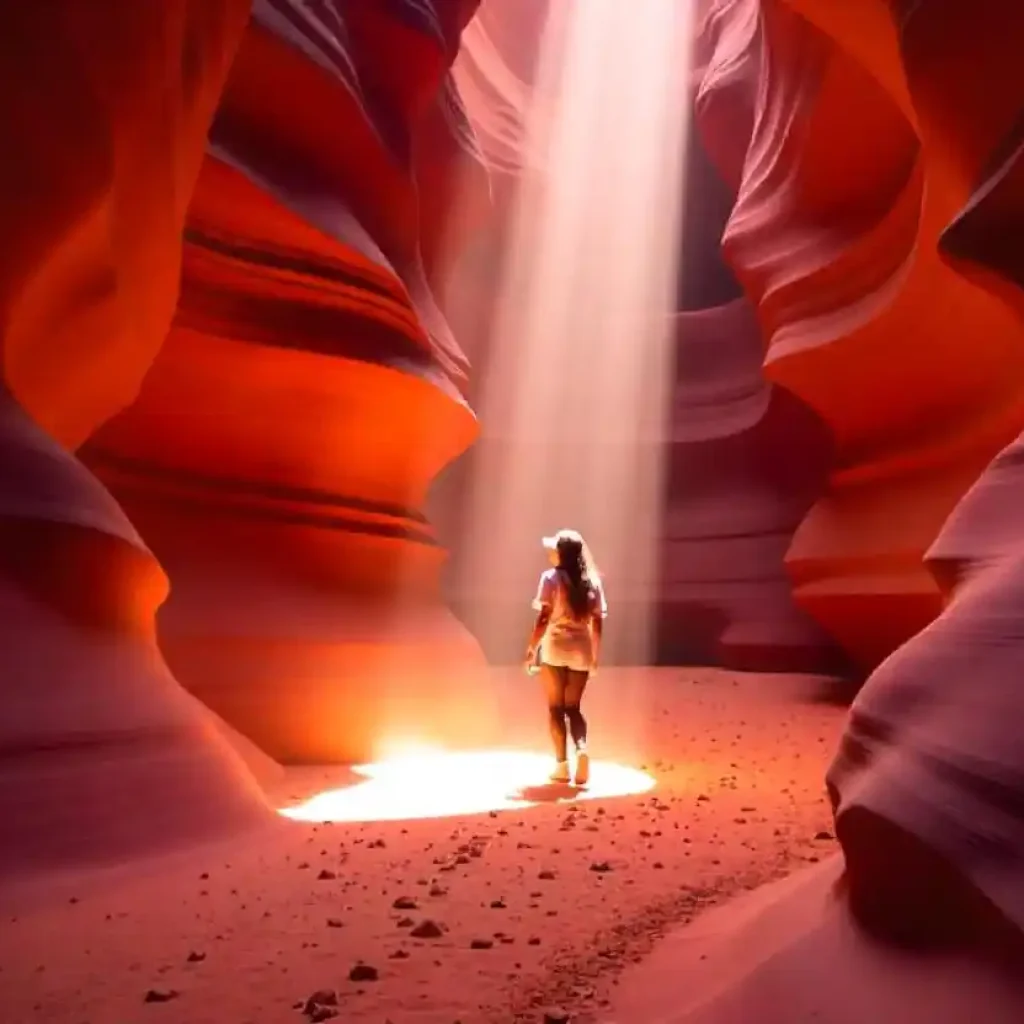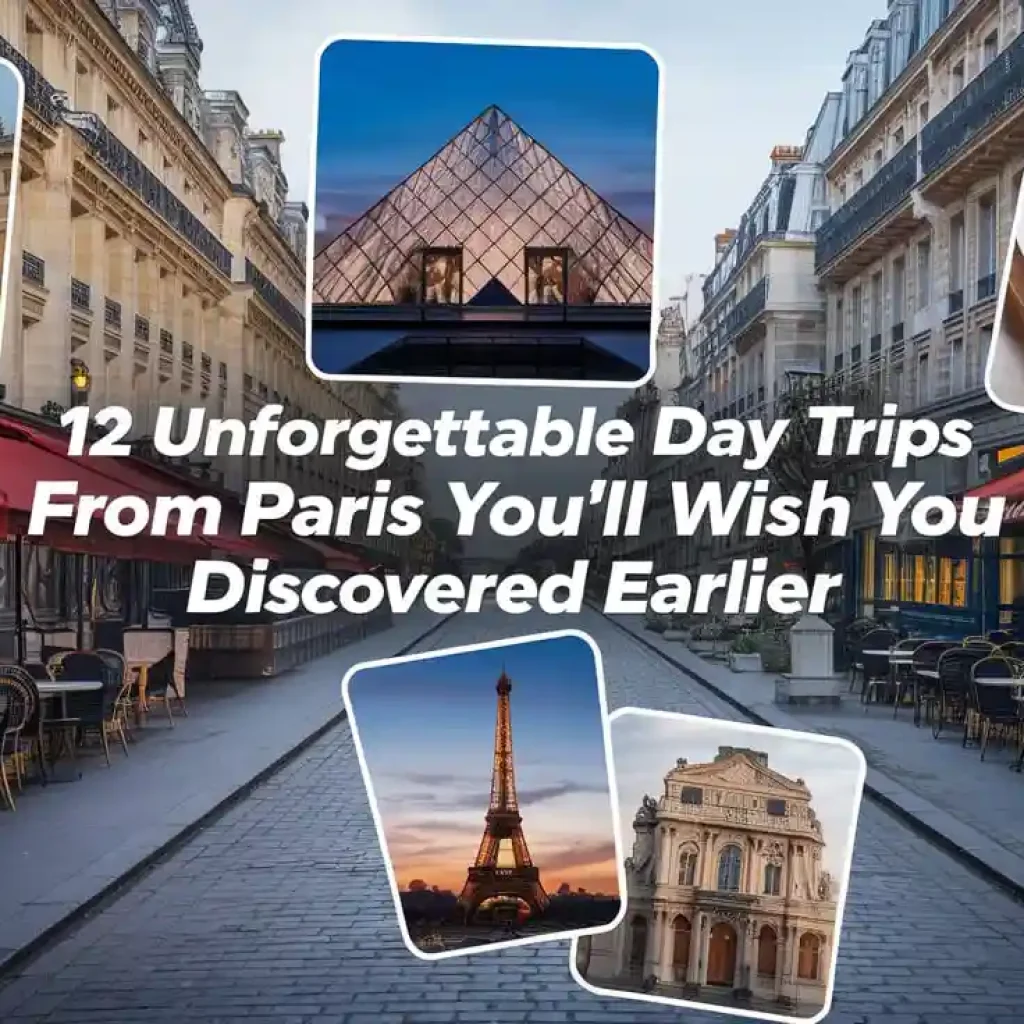Death Valley National Park: A Complete Guide of History, Facts & Viewpoints
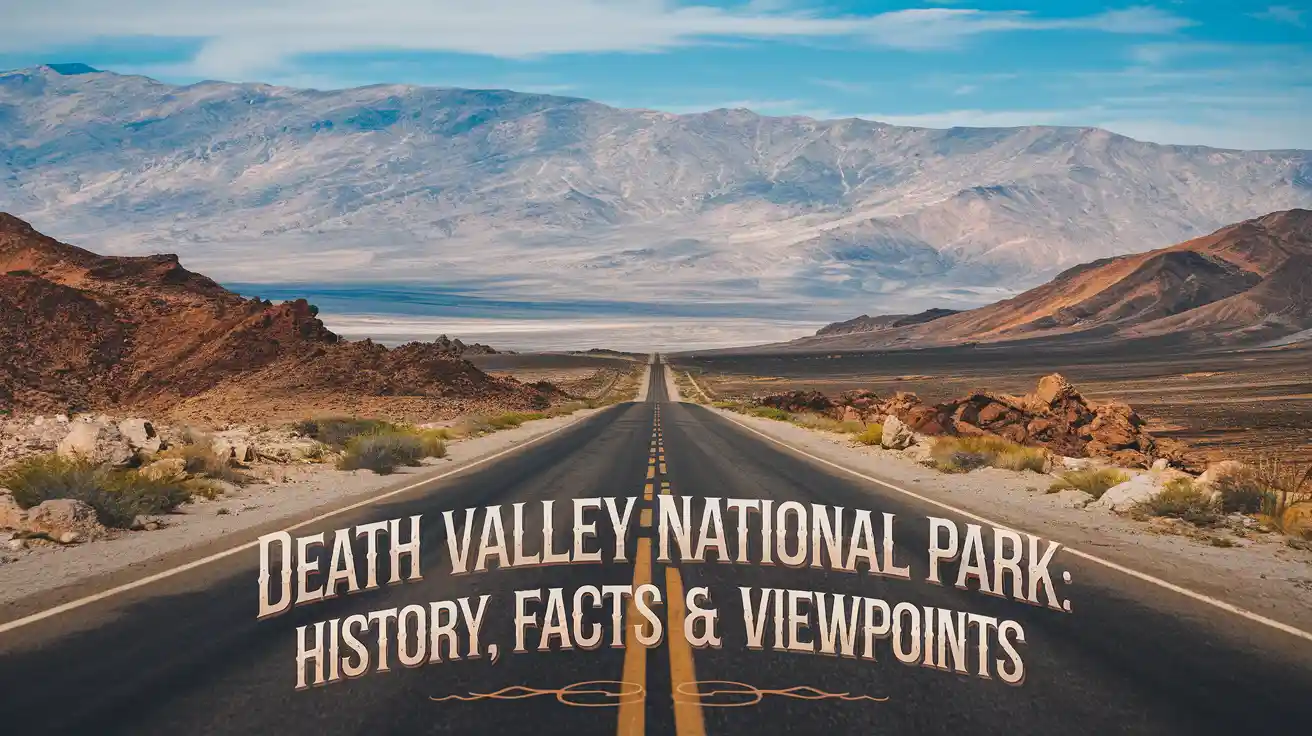
Death Valley National Park is one of the America’s driest, lowest and hottest national parks. The park is stretched across the border between Nevada and California. Not only rich in history and beauty, in fact, Death Valley Park was famous as a prosperous mining mecca for many decades.
Death Valley offers plenty to see & do in the form of best hikes, top attractions and unusual things to do. The surprising peaks rising 11,000 feet above the valley below leave tourists amazed and astonished. Definitely a hidden gem and worth exploring spot for everyone.
Let me describe you what other wonders this park holds along with best time to visit and what you need to know before go. Keep reading!
History & Geography of Death Valley National Park

Before exploring this beautiful park, it is must to know about history and geography behind it. All over North America, this vast desert valley in southeastern California features unbelievable history and geography.
Why is it called Death Valley? This place has earned their name during California Gold Rush of 1849. There is one group of pioneers, famous as the Lost ’49ers got stuck in the valley while looking for shortcut way to California’s goldfields. Most of them suffered from dehydration and extreme heat issues.
Although during this whole scenario, there was one person who lost his live and others were escaped successfully. Based on this fact, one of them reportedly said, “Goodbye, Death Valley”, and the name stuck.
In 1933, the Death Valley became a national monument and in 1994, it was updated to a National Park. Still, a popular destination for hikers, photographers, adventure enthusiasts and nature lovers. It might be possible that you not go through any cultural histories like this.
Here is a small Gallery Of Death Valley National Park

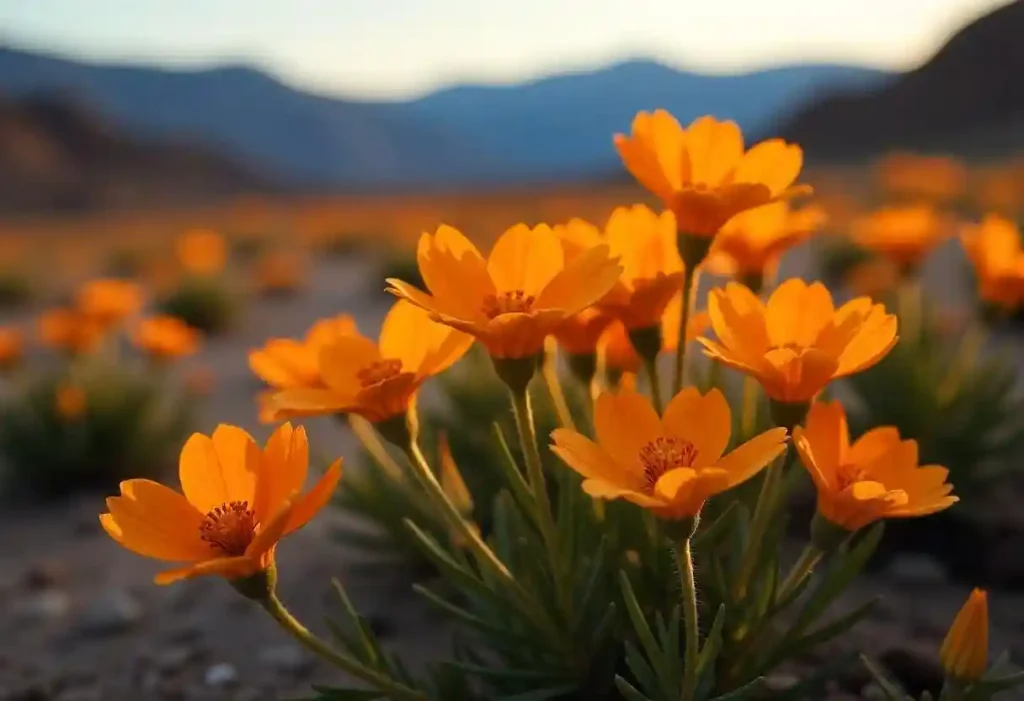


Geography & Climate
Death Valley is considered as the hottest place on earth with extreme annual temperatures. Rather than hot weather, one of the famous points of valley named as Badwater Basin which sits 282 feet (86 meters) below sea level, making it the lowest point place in North America.
On July 10, 1913, the valley was recorded maximum high hottest temperature on earth which was 134°F (56.7°C) in Furnace Salt Creek, a famous North America’s history world record. In terms of size and landscape, the panamint valley’s park stretches 3.4 million acres, a largest national park in contiguous U.S.
This valley is not only a barren desert but also features sand dunes, salt flats, mountains, canyons, and volcanic craters.
This is the history of Death Valley National Park and geographical detail. Let’s move ahead to further discuss about this valley’s other hidden things in detail.
Death Valley National Park Map
When to Visit Death Valley National Park?
Death Valley has a desert arid environment climate with tempting heat, mild winter and less annual rainfall with desert landscapes, desert sands and hot deserts. The average rainfall record of this valley shows that there is no heavy rainfall.
Here is a breakdown of seasonal maximum and minimum temperatures in the form of table.
| Season | Average Temperature (High) | Average Temperature (Low) | Ideal for |
| March to May | 27 to 38°C | 13 to 21°C | Hiking & Sightseeing |
| June to August | 43 to 54°C | 24 to 35°C | Stargazing |
| September to November | 27 to 38°C | 13 to 24°C | Photography |
| December to February | 16 to 24°C | 2 to 10°C | Camping and Hiking |
What is the Best Season to Visit Death Valley?
Let’s breakdown the pros and cons of visiting valley in different seasons.
Spring (March-May)-Overall Best Time to Visit
Pros
- Windflower blooming with super bloom.
- Idea weather for hiking.
- Popular attractions are easily accessible.
Cons
- It is not guaranteed that wildflowers bloom every year.
- Overcrowded situations.
Summer (June-August)-Extreme Heat Alert
Pros
- Stargazing and night photography.
- Due to scorching heat, crowds are fewer.
Cons
- Too much hot especially during daytime.
- Limited activities with high risk of vehicle explosion issues.
Fall (September to November)-Ideal Time for Road Trips
Pros
- Comfortable temperatures with little bit bot.
- You can enjoy freely because crowds are fewer.
Cons
- In early fall, daytime is still hot.
- No windflower blooms like spring.
Winter (December-February) Best for Camping & Hiking
Pros
- Temperatures are favorable, ideal for outdoor activities.
- Good time for photography.
- You can easily save money on accommodation because of lowest hotel & camping rates.
Cons
- In higher elevations, temperature gets colder during nighttime.
- Mountain roads like Telescope Peak may be inaccessible due to heavy snow.
Best Time for Specific Activities
- For hiking and exploring, spring and winter is the ideal time to go.
- Fall & Winter seasons are best suitable for sunset views and photography.
- Stargazing could be enjoyed during summer and winter.
- In spring, you can enjoy windflower blooming if condition allows.
- Fall & spring are ideal for sightseeing opportunities and memorable road trips.
Why is Death Valley so Dangerous?
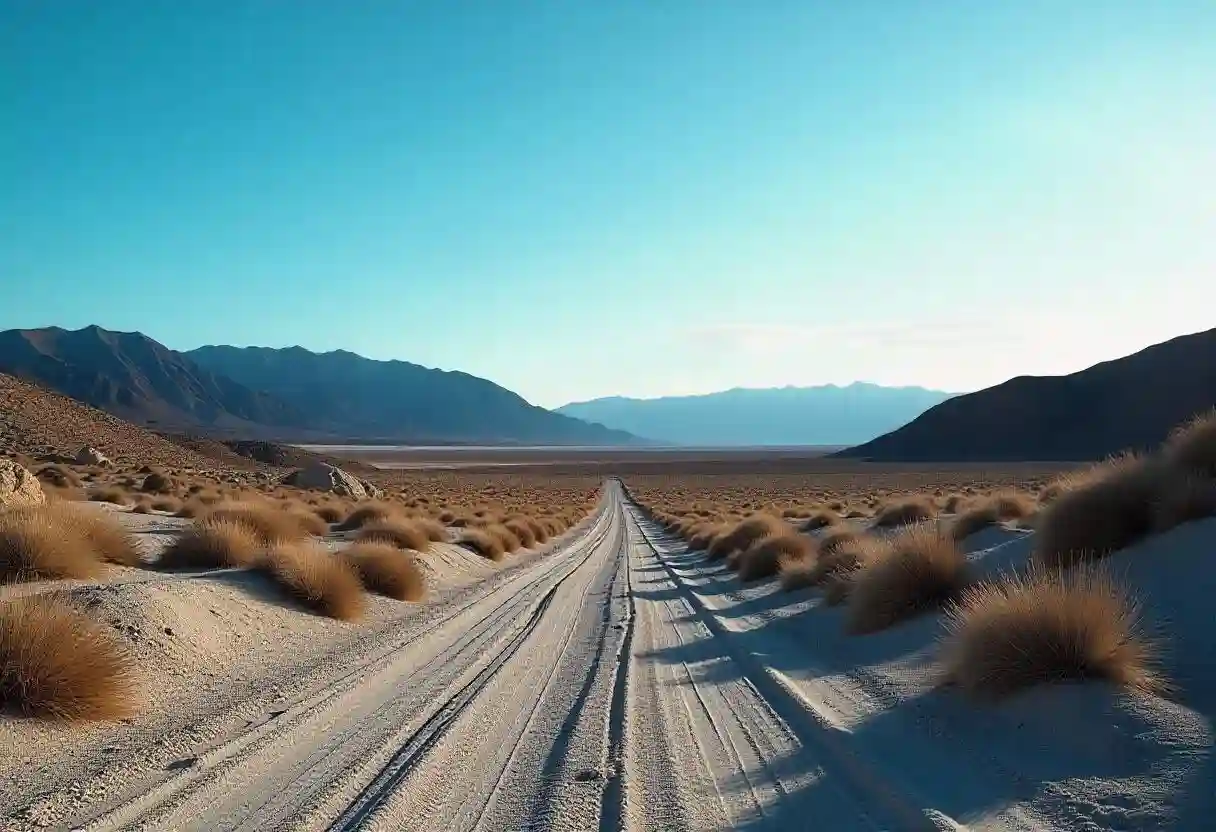
Death Valley is not a dangerous place at all but because of extreme heat, flash flood potential, harsh and difficult terrain make this place a difficult place for unprepared travelers. But it doesn’t mean that you can’t visit this site. With enough preparation, you can explore it safely.
Few other things about this place are:
- Harsh terrain
- Remoteness
- Wildlife
- Vehicle accidents
Top Attractions or Spots in Death Valley National Monument
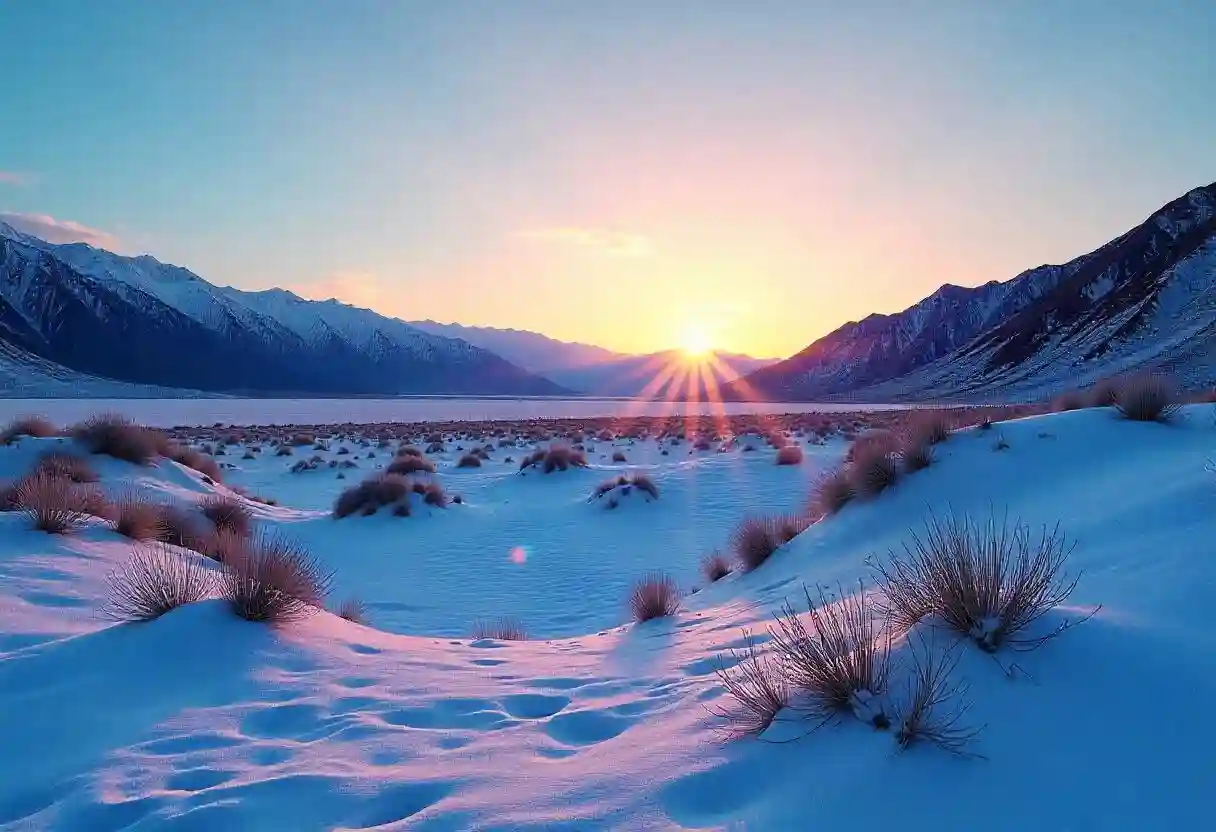
What is Death Valley national Park famous for? The valley national monument is full of beautiful attractions, famous landscapes, geological history and wonders and unique natural phenomenon.
No matter whether you love hiking, photography or want to go on a road trip, these attractions will surely make your visit unforgettable.
1. Badwater Basin
The Badwater Basin is the lowest point in North America. This point is located just 17 miles south of Furnace Creek. This unique point stands at 282 feet (86 meters) below sea level.
Badwater Basin comes with vast salt flats that stretches for miles, providing amazing photo-capturing opportunities. The salt formations create hexagonal patterns, perfect for unique landscape photography.
Pro Tip: To avoid excessive heat issues, it is recommended to visit at sunrise or sunset.
2. Zabriskie Point
For panoramic views and beautiful sunset, Zabriskie Point is a must-visit spot for anyone. The exact location of this point is just 5 miles east of Furnace Creek ranch.
Imagine you enjoying best sunrise views in the park with golden light illuminating the eroded badlands. The short 0.2-mile paved walk to the viewpoint is easily accessible.
Pro Tip: For sunrise, arrive 30 minute earlier to see colorful hues of the sky.
3. Dante’s View
A 5500-feet high overlook which features aerial views of beautiful Death Valley from above. The interesting fact about this viewpoint is Badwater Basin is below and Telescope Peak behind.
At night, you can enjoy stargazing and capture Milky way Death Valley National Park photos from this point. The temperatures are cooler here due to high elevation.
Pro Tip: Must bring jacket even in summer because it can be cool and windy at the top.
4. Mesquite Flat Dunes
Literally a photographer’s dream place which is located near Stovepipe Wells on the valley floor. Across the valley floor, the beautiful rolling sand dunes stretches
For sunrise and sunset photography, this spot is perfect option for photographers. Other than photography, perfect attraction for hiking, exploration and sandboarding.
Pro Tip: Walk in soft sand carefully as there are no marked trails.
5. Artist’s Palette
Artist’s Palette is a natural rainbow of colors located along Artist’s Drive. Because of oxidized minerals, this place features blue, green, pink, and purple hills.
When taking short 9-mile scenic drive to Artist’s Palette, you will see beautiful natural beauty. The best time to view this point is late afternoon.
Pro Tip: Pull over at multiple spots along the drive for different perspectives.
6. Devil’s Golf Course
Located near Badwater Basin. The irregular and sharp salt formations exist here. Devil’s Golf Course get its name because of uneven and rough trail that “only the devil could play golf here.” During summer, you may hear the popping sounds of salt crystals expanding.
Pro Tip: Wear sturdy shoes as ground is not suitable for simple sandals.
7. Ubehebe Crater
Ubehebe Crater is a volcanic wonder located near the Northern side of Death Valley. This is a huge volcanic crater measuring 600 feet deep and 0.5 miles wide.
About more than 2,000 years ago, this was formed by an explosive volcanic eruption. There is 1.5-mile hiking trail that will get you to incredible views.
Pro Tip: At the crater’s edge, there are strong winds so he prepared for this.
8. Racetrack Playa
Racetrack Playa is in remote area which requires 4WD vehicle to reach. This is a dry lakebed with drier climate here rocks move that leave people in mystery of how. According to scientists, there is a thin layer of ice forms in winter which helping the rocks move when the wind comes.
Pro Tip: The rocks are protected by the park so do not touch them.
9. Father Crowley Overlook
Have you ever experienced watching fighter jets in any valley or park? Father Crowley Overlook spot is best for watching fighter jets practicing low-altitude maneuvers.
Enjoy the views of Rainbow Canyon, also known as “Star Wars Canyon.” Moreover, this spot comes with beautiful views of valley from above with colorful canyons.
Pro Tip: Bring binoculars to get a closer view of the jets.
Best Hikes in Death Valley
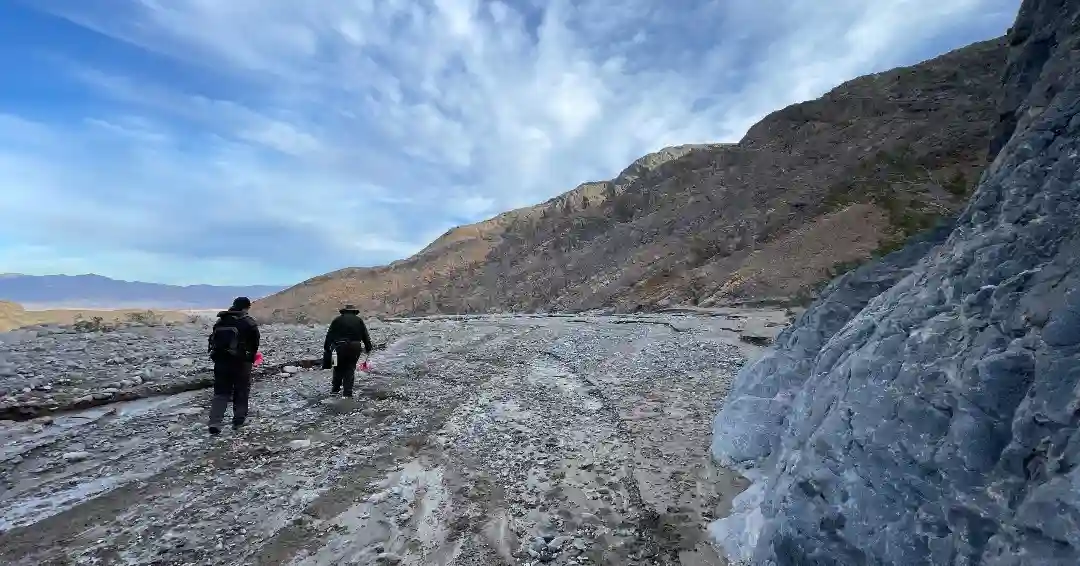
This beautiful valley of Northern America features beautiful hiking trails that take tourists through colorful canyons, towering sand dunes, salt flats, and challenging peaks. No matter whether you are beginner or just want access to wilderness hiking, we come up with different levels of hiking trails.
Easy Hikes-Under 2 Miles
In Death Valley, the easy hikes are suitable for beginners because they fall under 2 miles with short distance & scenic views.
1. Badwater Basin Salt Flats
A lowest point of North America (282 feet below sea level). Explore the vast white salt flats with mirror-like reflections especially after rain. To avoid heat and capture beautiful daytime views, early morning or sunset is the best time to go on a hike.
Distance
- 1-mile round trip in the form of flat walk.
Time
- Half hour to one hour.
2. Mesquite Flat Sand Dunes
On this trail, the Mesquite Flat Sand Dunes change shape with the wind. Also, these golden sand dunes are ideal for stargazing, sandboarding and photography opportunities. You can go on a hike during sunrise or sunset time because midday heat is unbearable.
Distance
- 1-2 miles.
Time
- 45 minutes to 1.5 hours.
3. Zabriskie Point Overlook
Not only a famous viewpoint in Death Valley but also short and easy hiking trail of just 0.2 miles paved. Zabriskie Point Overlook features layered rock formations and golden badlands. Early morning is the ideal time to hike on this trail.
Distance
- 0.2 miles.
Time
- 10-15 minutes to complete
Moderate Hikes-Under 2-5 Miles
Moderate hikes require a little bit effort for these canyon trails but pleased you with amazing landscapes.
- Golden Canyon to Red Cathedral
On this hiking trail, you hike through towering golden rock walls in a canyon. This trail ends at huge massive red cliffs of Red Cathedral, a perfect place for taking images. For cooler temperature, morning or late afternoon is the ideal time.
Distance
- 3 miles round trip.
Time
- 2 hours.
- Mosaic Canyon Trail
Mosaic Canyon hiking trail is a smooth and marble-like narrows trail surrounded by flash floods. This rewarding hiking trail features tight passages and colorful rock walls. Early morning is the best time to go on hike to avoid heating issues.
Distance
- 4 miles round trip.
Time
- 2-3 hours.
- Desolation Canyon
Desolation Canyon is a less-crowded hiking trail as compared to Golden Canyon but just as stunning and beautiful. This hiking trail ends with beautiful views of colorful hills similar to Artist’s Palette. Early morning is the best time to go on a hike.
Distance
- 3.6 miles round trip.
Time
- 2-3 hours.
Challenging Hikes-5+ Miles
- Telescope Peak
In Death Valley, the Telescope Peak is the highest point with an elevation of more than 11,000 feet. Climb to this trail to enjoy 360-degree wonderful views of valley and beyond. Winter snow normally blocks trail so visit only in summer or fall.
Distance
- 14 miles round trip.
Time
- 7-9 hours.
- Wildrose Peak
Compared to Telescope Peak, Wildrose Peak is short but challenging alternative. From more than 9,000 feet summit, enjoy luxury views with surrounding lush greenery. Go for this hike only during spring or fall.
Distance
- 8.4 miles round trip.
Time
- 5-6 hours.
- The Racetrack Playa Trail
The Racetrack Playa trail will let you see the mysterious moving rocks that leave trails in the desert. To get to this trail, you need to have to access of 4WD-vehicle or just hike on uneven/ difficult path. This hiking trail is much challenging among all so keep this thing in mind.
Distance
- 1-4 miles as it varies.
Time
- 1-3 hours.
Where to Stay in Death Valley?
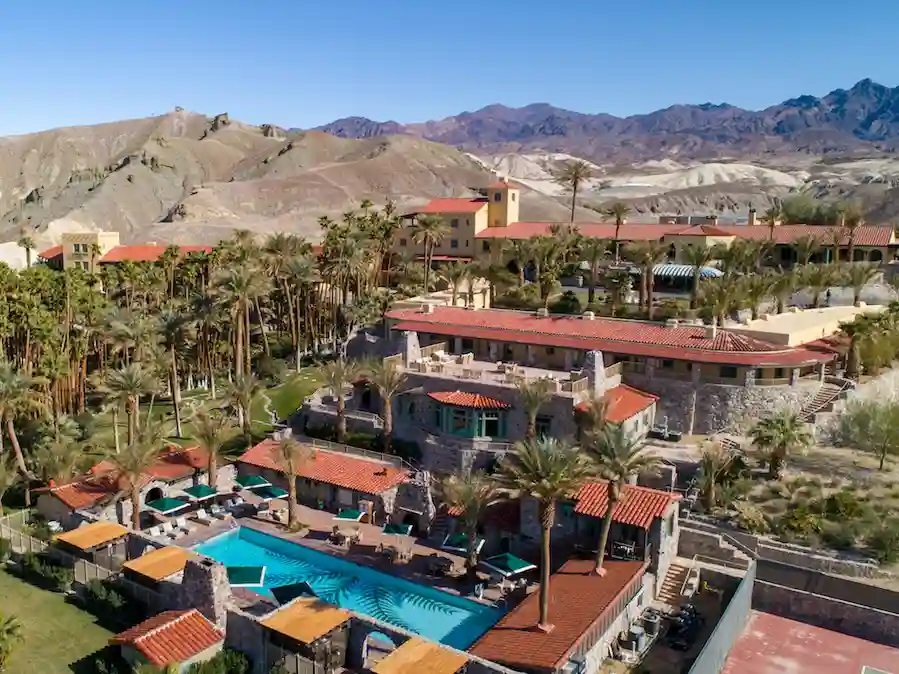
For comfort, accessibility and unforgettable experience, choosing the right place to stay is essential when go to Death Valley.
Whether you want to enjoy camping under stars, prefer luxury resorts or budget motels, this spot has something for everyone.
Best Hotels & Lodges
- The Inn at Death Valley
Location
- Furnace Creek
Booking Starts from
- $248
Why Stay Here?
- One of the luxurious hotels with fine dining, a spring-fed pool, and beautiful gardens.
- This hotel combines comfort, human history and resort-like experience.
- The Ranch at Death Valley
Location
- Furnace Creek
Booking Starts from
- Around $153
Why Stay Here?
- One of the best family-friendly hotels with pool, golf course and casual dining.
- It is located near famous viewpoints like Badwater Basin, Zabriskie Point, and Dante’s View.
- Stovepipe Wells Village Hotel
Location
- Stovepipe Wells
Booking Starts from
- Varies between $250 to $500.
Why Stay Here?
- Inside the park, an affordable hotel to stay for budget-conscious travelers.
- The Stovepipe hotel omes with basic rooms, a restaurant, saloon, and a swimming pool.
Camping in Death Valley – Best Campground Options
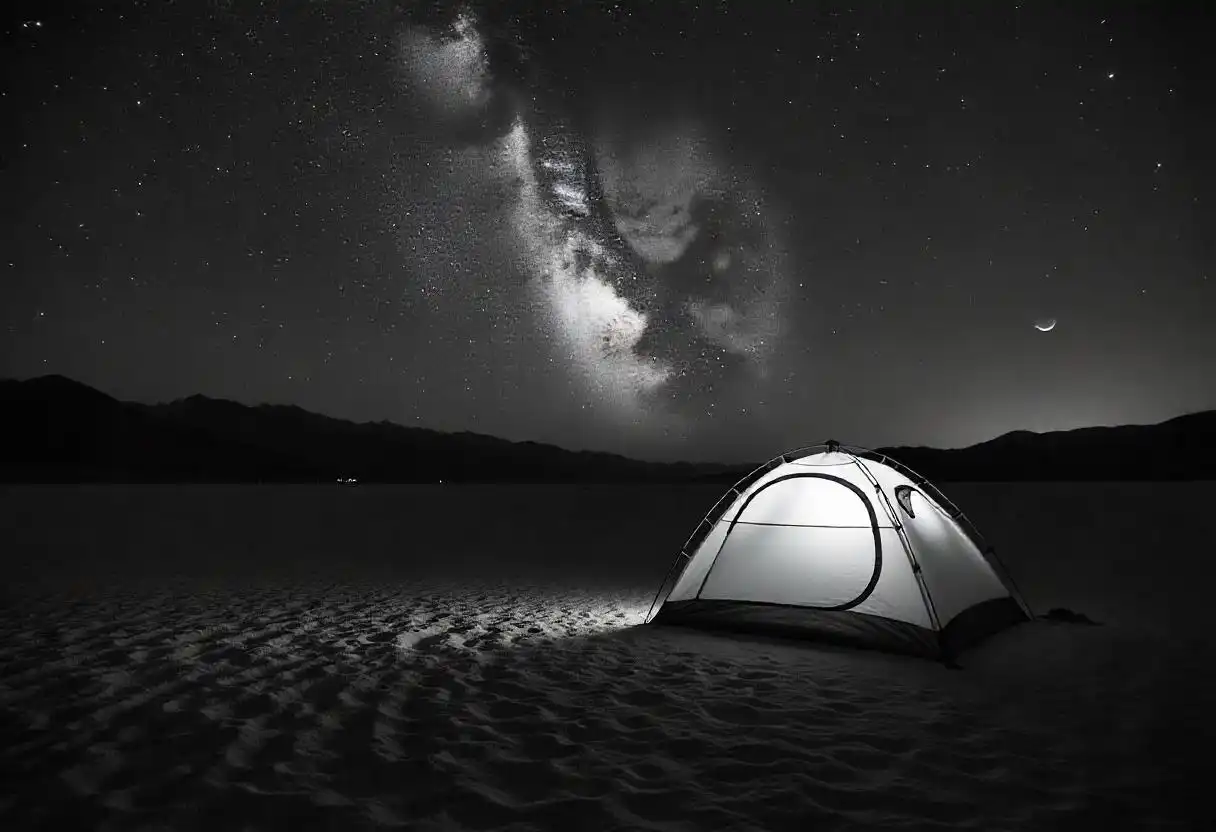
Camping is a great way to enjoy stargazing and outdoor atmosphere with stunning landscapes. On these campground areas, you can enjoy camping.
- Furnace Creek Campground
Location
- Furnace Creek
Price
- Varies from season to season.
Why Camping Here?
- The only campground with enhanced convenience and full RV hookups.
- It is close to visitor center, stores, and restaurants.
- Stovepipe Wells Campground
Location
- Stovepipe Wells
Price
- First-come first served basis. If you come first, you can easily book at affordable price.
Why Camping Here?
- Near to Mesquite Flat Sand Dunes, a luxury campground area.
- Best for sand dune lovers and budget travelers.
- Wildrose Campground
Location
- Panamint Mountain Range
Price
- Completely free.
Why Camping Here?
- During summer months, you can do camping here for cooler temperatures.
- Free and less crowded as compared to other campground within whole area.
Staying Outside Death Valley – Nearby Towns & Hotels
If you won’t find any hotel or lodging option inside the valley, there are still few options available in nearby towns.
- Pahrump, NV
This town is closest with more options and best for those wanting cheaper hotels, casino & restaurant.
How much is the distance?
- Just 1 hour from Furnace Creek
Best Hotels in Pahrump, NV
- Best Western Pahrump Oasis
- Saddle West Hotel and Casino
- Beatty, NV
If you want to explore Rhyolite Ghost Town because of allure of ghost towns, this quaint small town is best option.
How much is the distance?
- 45 minutes from main park.
Best Hotels in Beatty, NV
- Motel 6 Beatty
- Death Valley Inn & RV Park
- Lone Pine, CA
For Mt. Whitney Hikers and others want combining the adventure of both Death Valley & Alabama Hills.
How much is the distance?
- 1.5 hours from main park.
Best Hotels in Lone Pine, CA
- Dow Villa Motel
- Lone Pine Budget Inn
Conclusion!
Death Valley National Park area is a unique travel destination that attracts a lot of visitors every year. With its laid-back history and geological wonders, this place is worth exploring once in a lifetime. The nearby attractions, viewpoints and spots are rich in history and beauty.
The towering peaks of park makes it a top tourist spot for hiking, wildlife viewing and natural views from above. Moreover, the beautiful shaped rock formations, sand dunes and wonderful stargazing opportunities will absolutely make your tour unforgettable.
Frequently Asked Questions
1. What is special about Death Valley National Park?
Death Valley national monument area is hottest, driest and lowest national park area. In winter, towering peaks are frosted with snow.
2. Why is it called a Death Valley?
Back in winter of 1849-1850, a group of pioneers visited this valley and one of them lost here. That’s why this valley is famous as Death Valley.
3. Can I drive through Death Valley?
You can drive through Death Valley via private vehicle or through as a part of permitted tour group. There’s no public transportation to or within the park.
4. What is the closest city to Death Valley National Park?
The closest cities to Death Valley National Park are:
Lone Pine, California
Beatty, Nevada
Furnace Creek (town)
5. How many people have died in Death Valley?
From 2007 to 2024, almost 68 people have died with an average ratio of 4 deaths per year.
6. Why would anyone go to Death Valley?
Death Valley is famous for the highest temperature ever recorded anywhere in the world. Also, there are some unique viewpoints and things to do that makes it popular.
7. Does anyone live in Death Valley?
Yes, a small number of people live in Death Valley which includes members of the Timbisha Shoshone tribe. They mainly live in Furnace Creek Area, located within park premises.









